
100-Day Risk-Free Trial

US Company

Hurricane-Proof Quality

10-Year Warranty
Industry Leading Services

Ship in 48 Hours or We Pay
Others talk speed. We back it up with cash, $100 for every business day we’re late.

Free Assembly $1,000 Value
Order now and enjoy professional installation at zero cost, a $1,000 saving.
Drain Smart. Live Green.
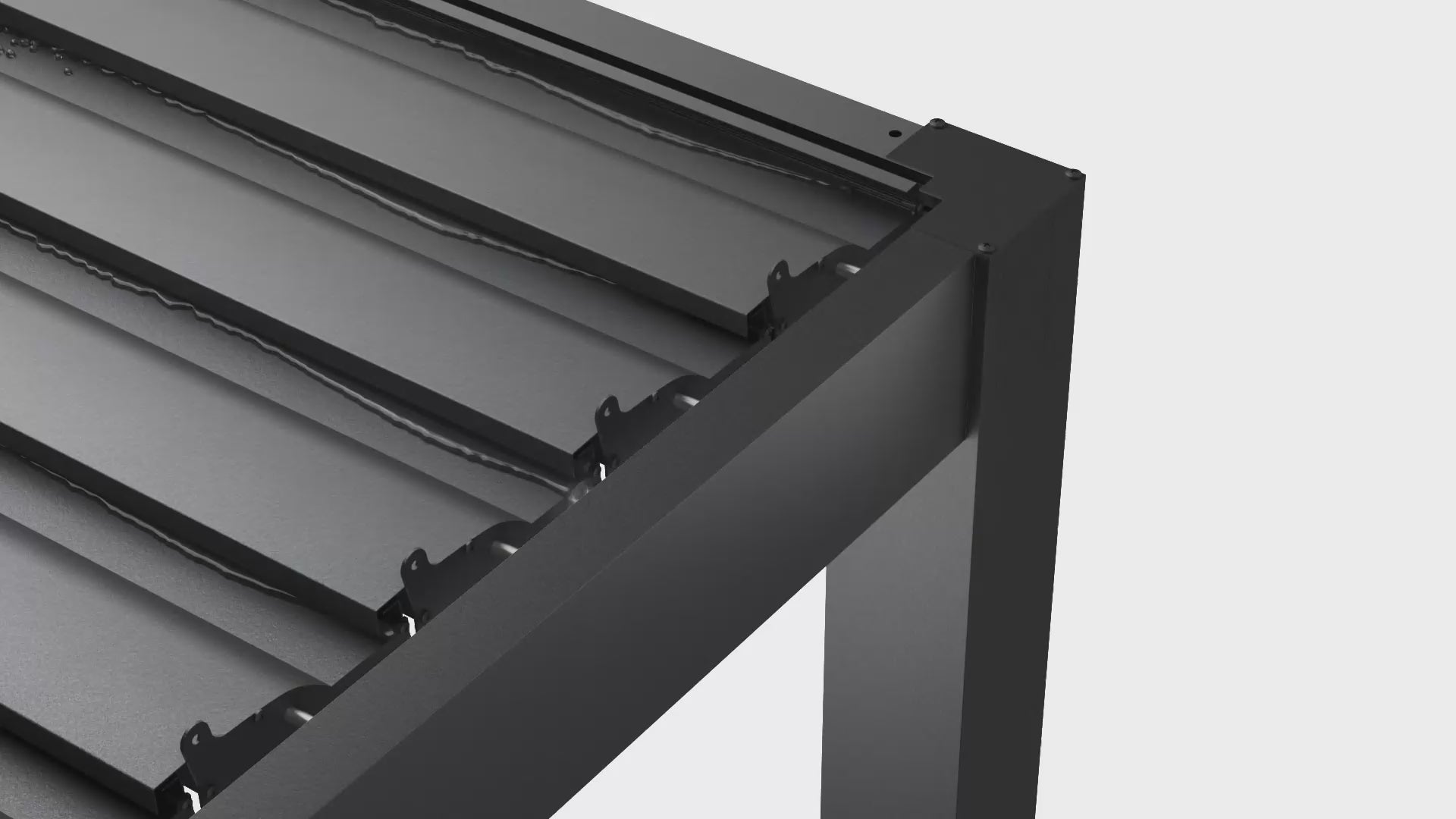
Rain Has One Way Out. It’s by Design
Because water shouldn’t stick around. We’ve designed a clear path for rain to exit — efficiently, invisibly, through a single post. No puddles. No mess. Just a clean getaway.
Eco-Friendly World-Class Coating
AkzoNobel, founded in 1963, is a Fortune 500 company selling in 150+ countries and ranks top three globally in its industry.
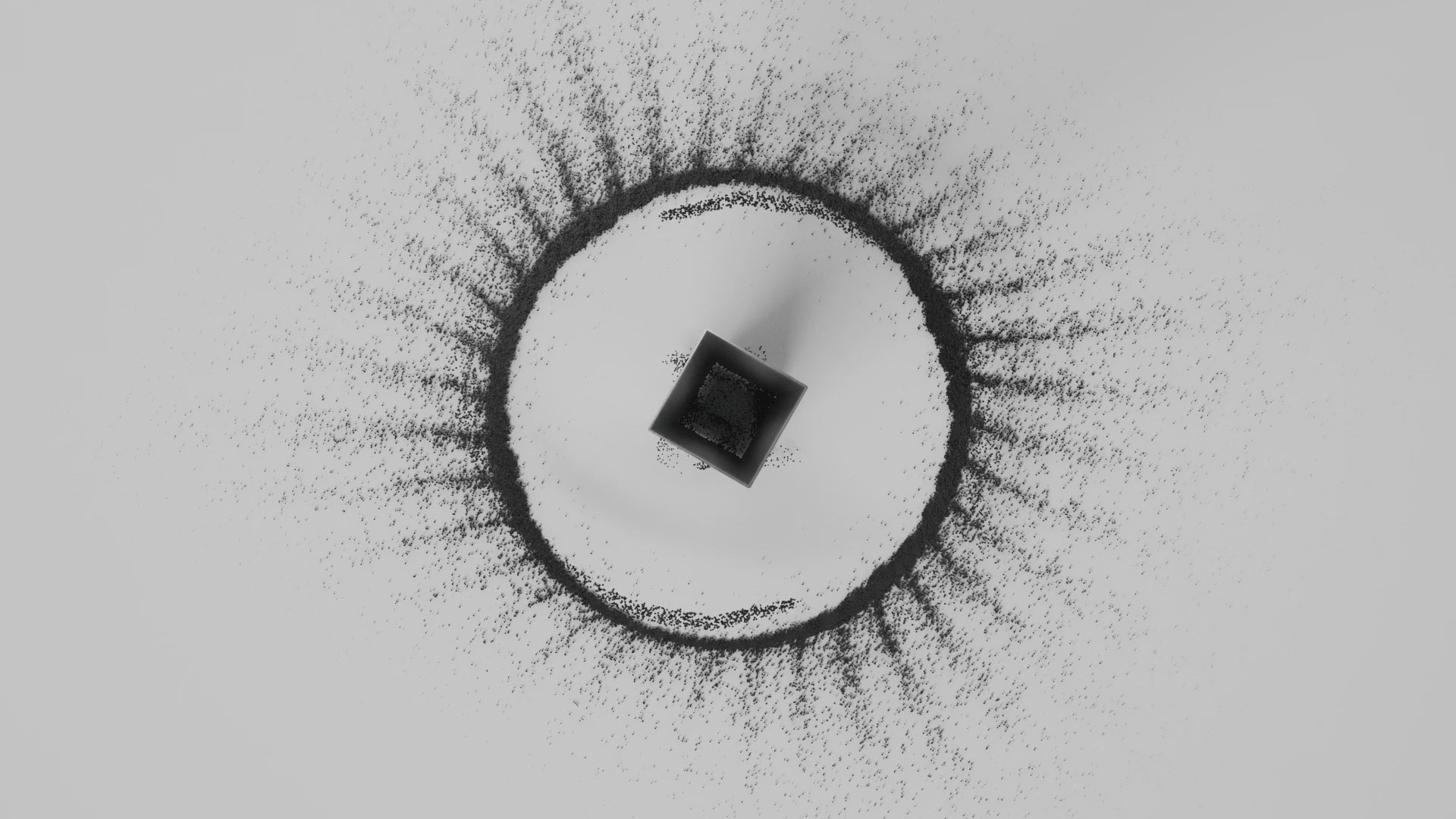
As Seen On







Spaces for What Matters
At LuxPatio, we believe your backyard should feel like an extension of your home. A space to slow down, come together, and live well.
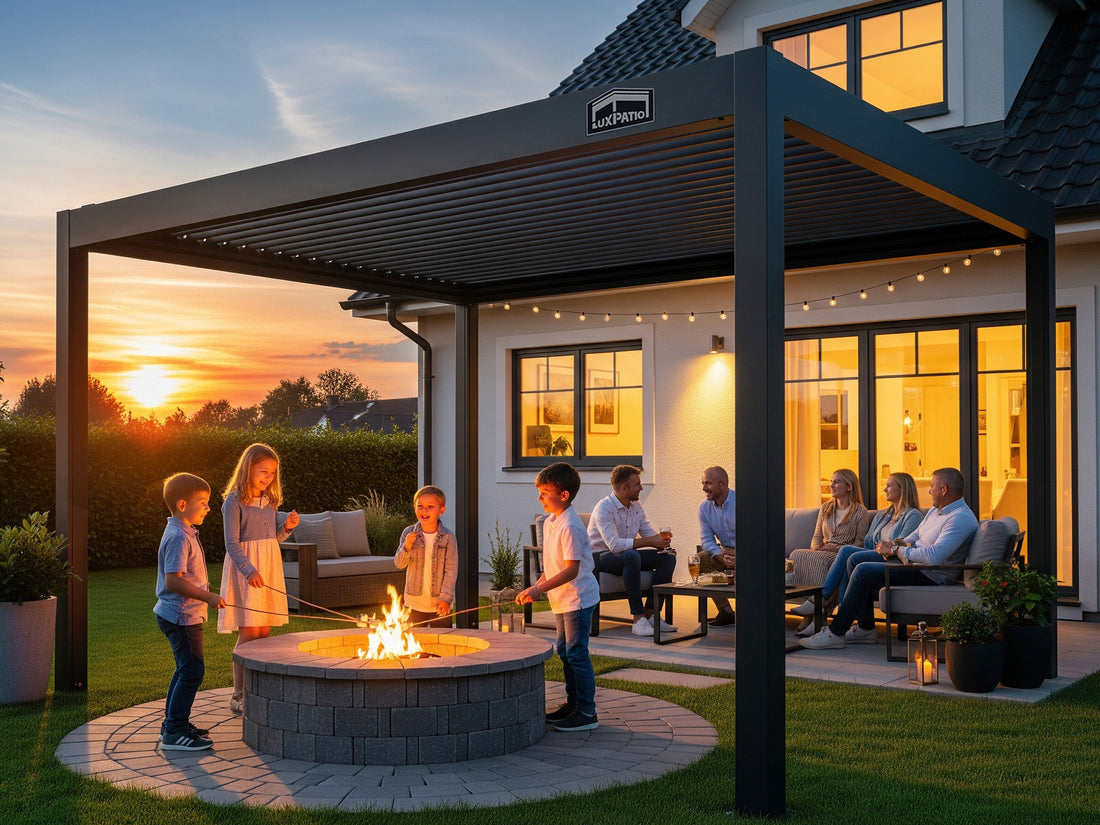
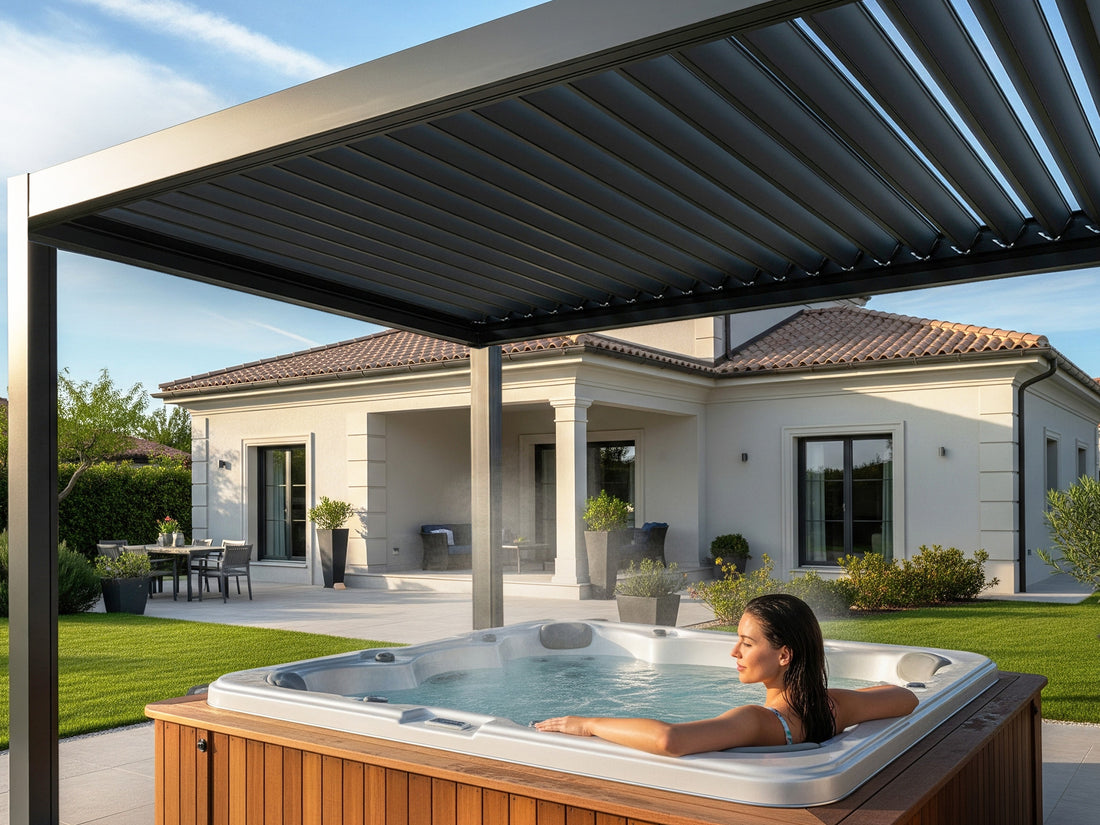
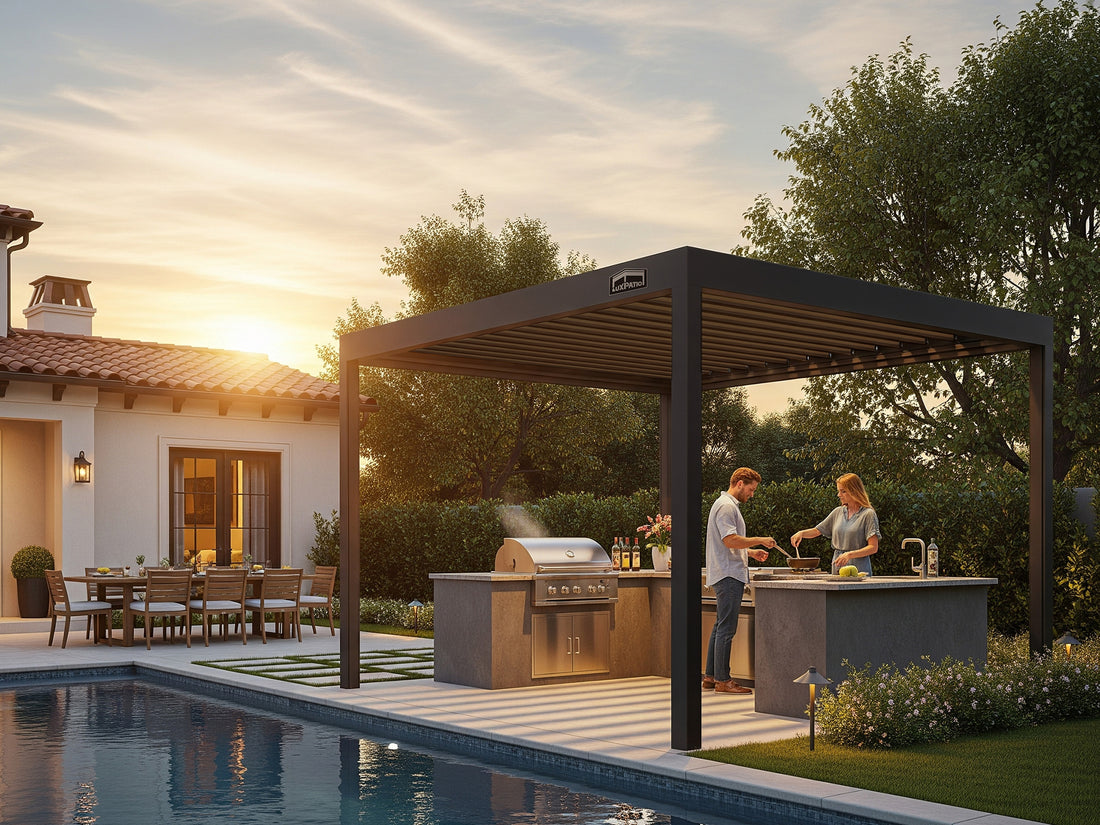
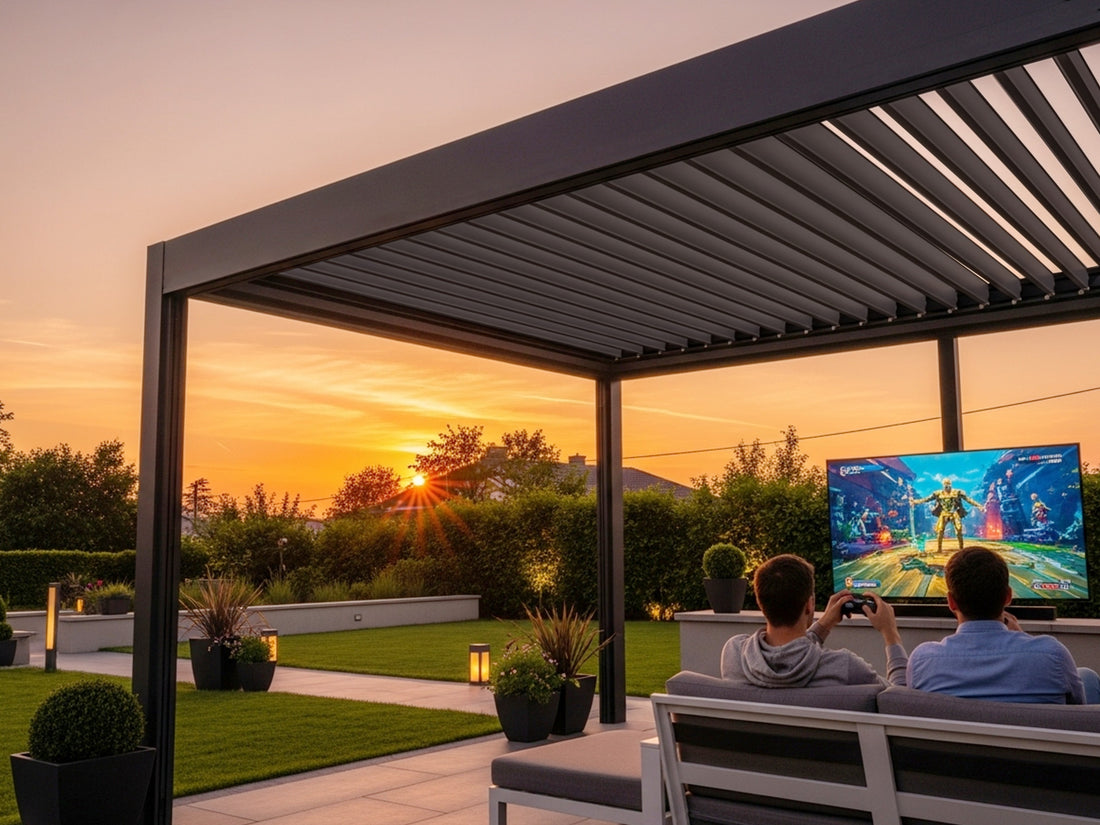
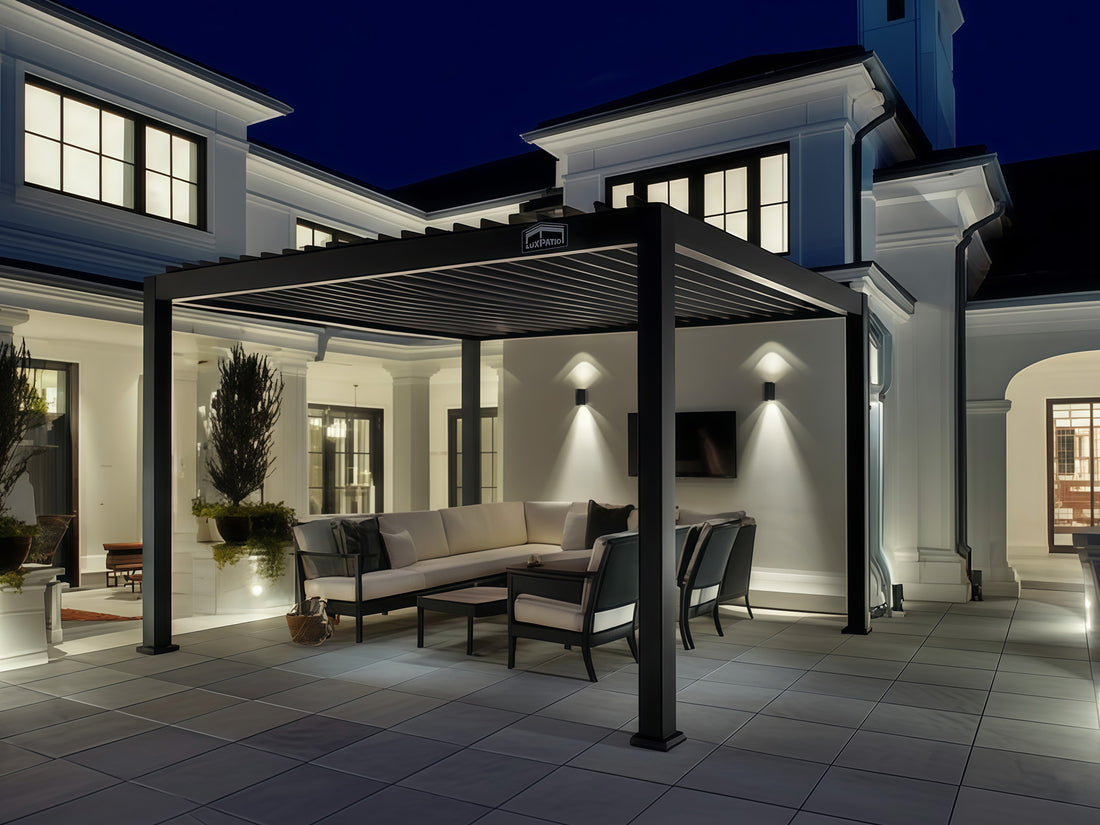
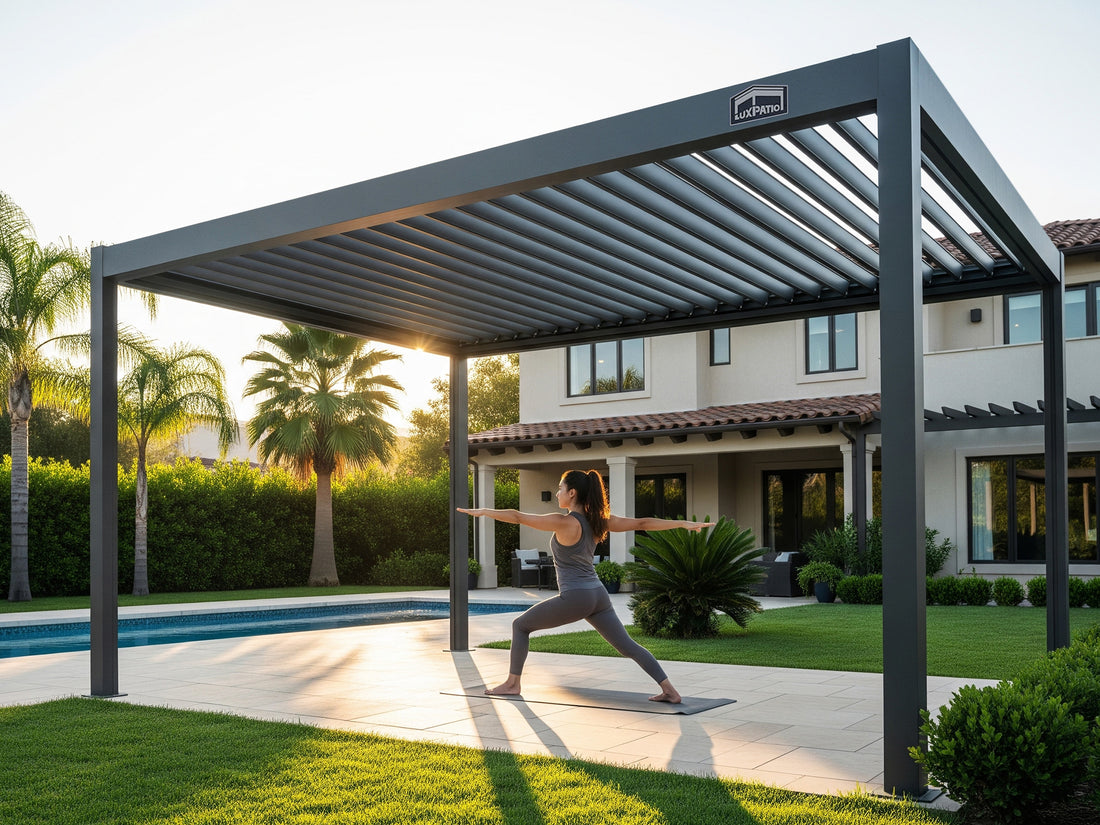
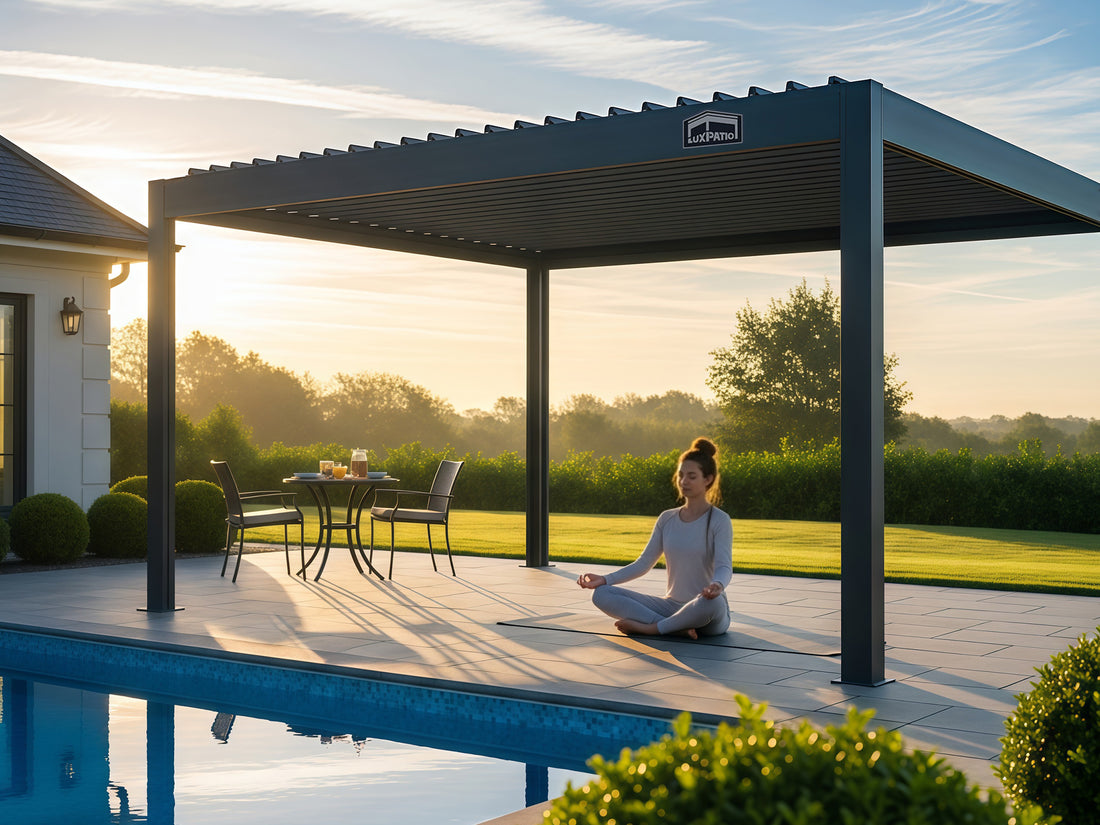
Shop By Collections
We Design for Today and Tomorrow

Crafted for Real Life
Rooted in German craftsmanship, LuxPatio brings European quality to your backyard. Designed to endure real-world conditions, our pergolas are rigorously tested to withstand winds over 85 mph, offering hurricane-proof durability. We believe great design should last as long as the memories you make—stylish, durable, and ready for real life.
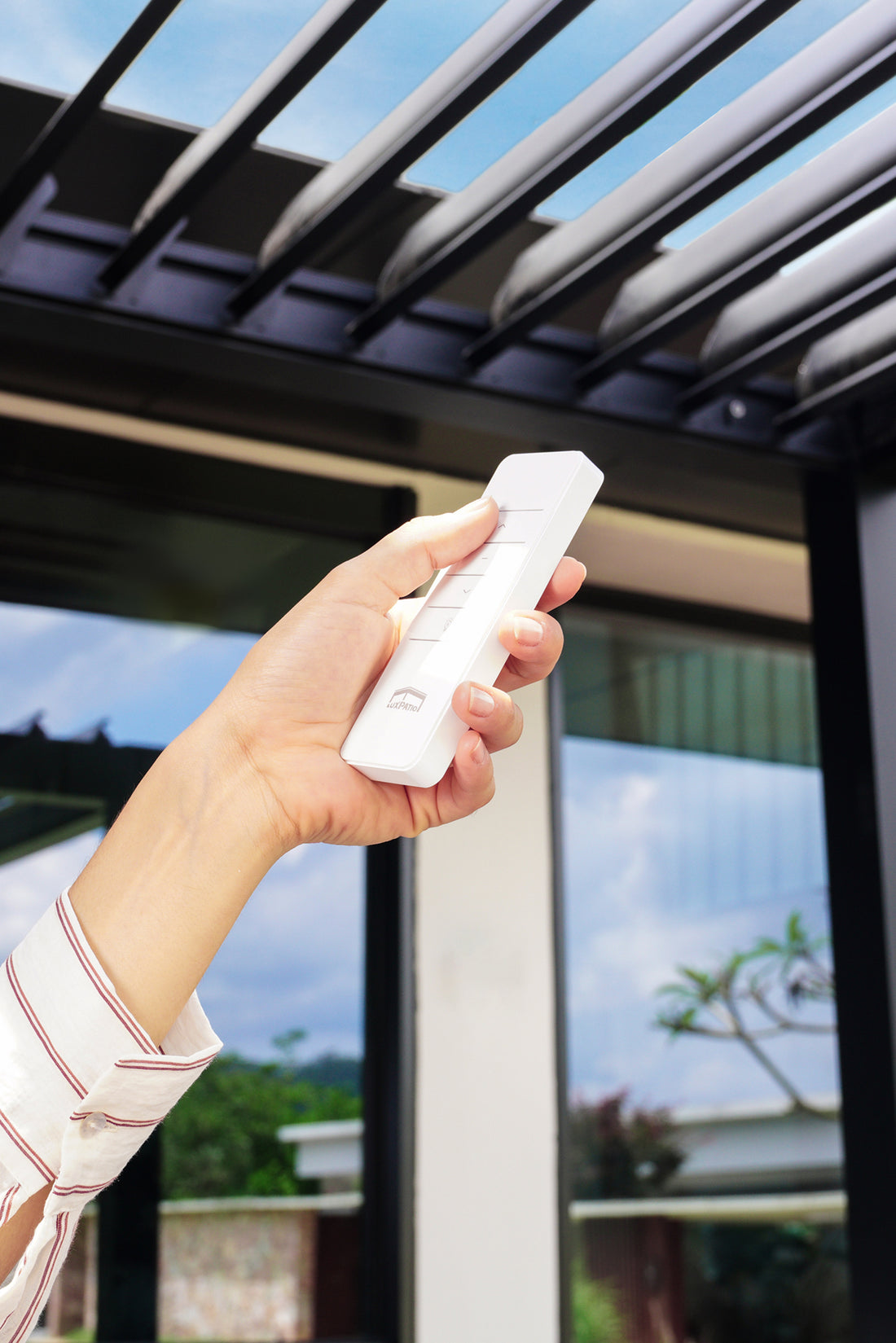
Design That Thinks Ahead
We design for today and tomorrow. At LuxPatio, we're integrating smart technology into our designs, so your backyard can be as intelligent as it is inviting. Think of it as your own outdoor haven, where comfort, beauty, and innovation come together to match your lifestyle perfectly.
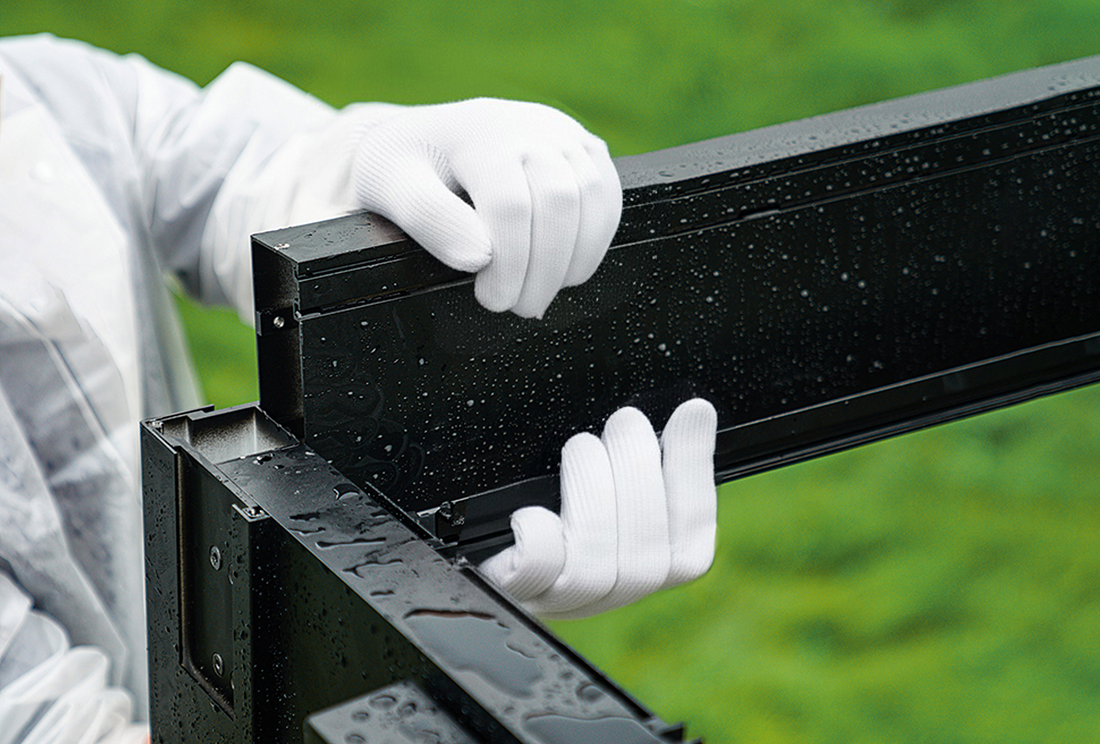
Effortless Assembly, Made Simple
Engineered for convenience, our pergolas can be assembled by two or more competent adults in just 2–4 hours. The stress-free setup means you’ll be relaxing in your outdoor oasis in no time.
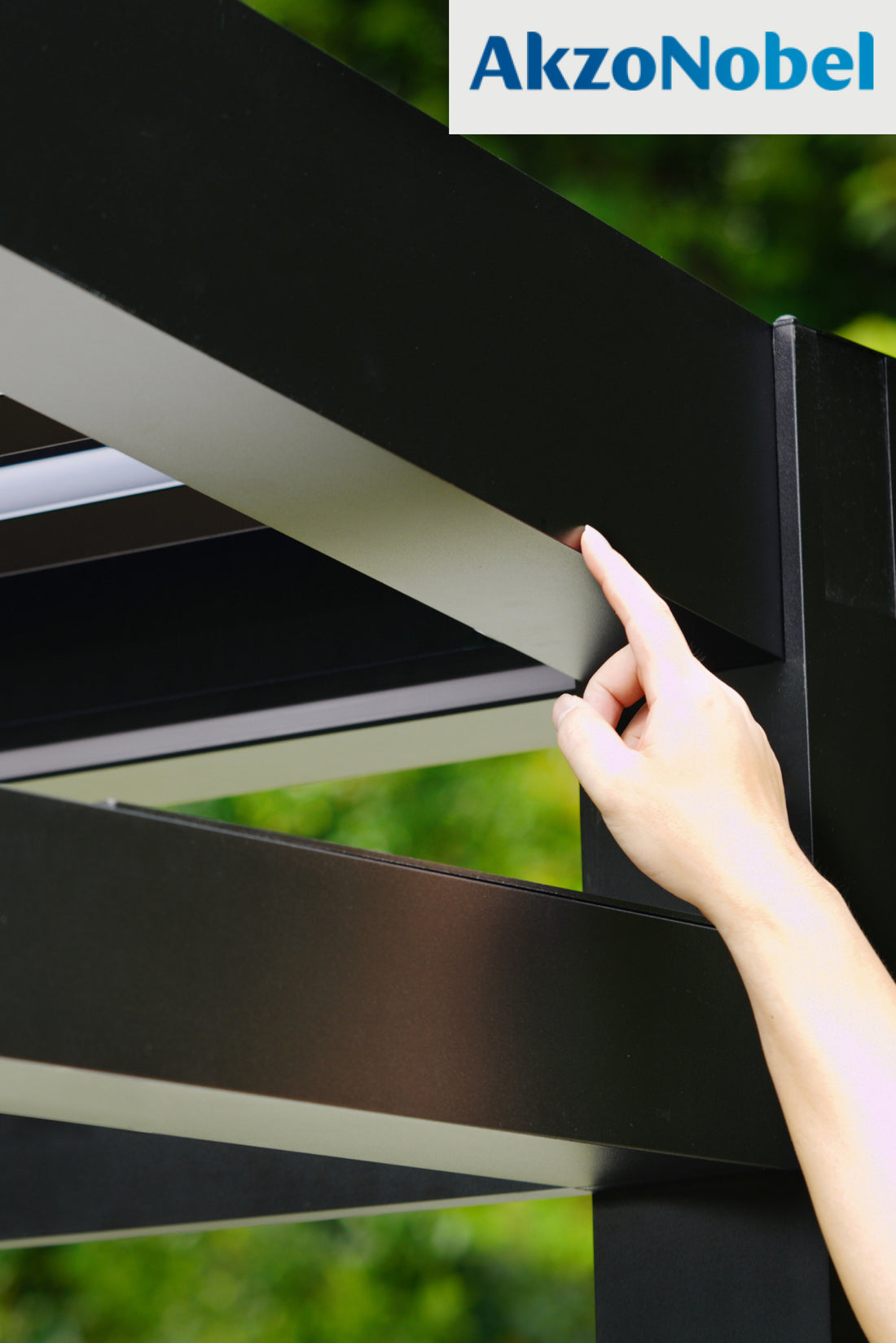
Sustainable Elegance
LuxPatio features AkzoNobel Interpon® powder coating—a premium, eco-friendly finish known for its vibrant color, exceptional durability, and low environmental impact. Free from harmful solvents and heavy metals, it’s a cleaner, greener alternative that resists fading, chipping, and corrosion for years to come. With LuxPatio, you're not just enhancing your outdoor space—you're investing in a beautiful future.
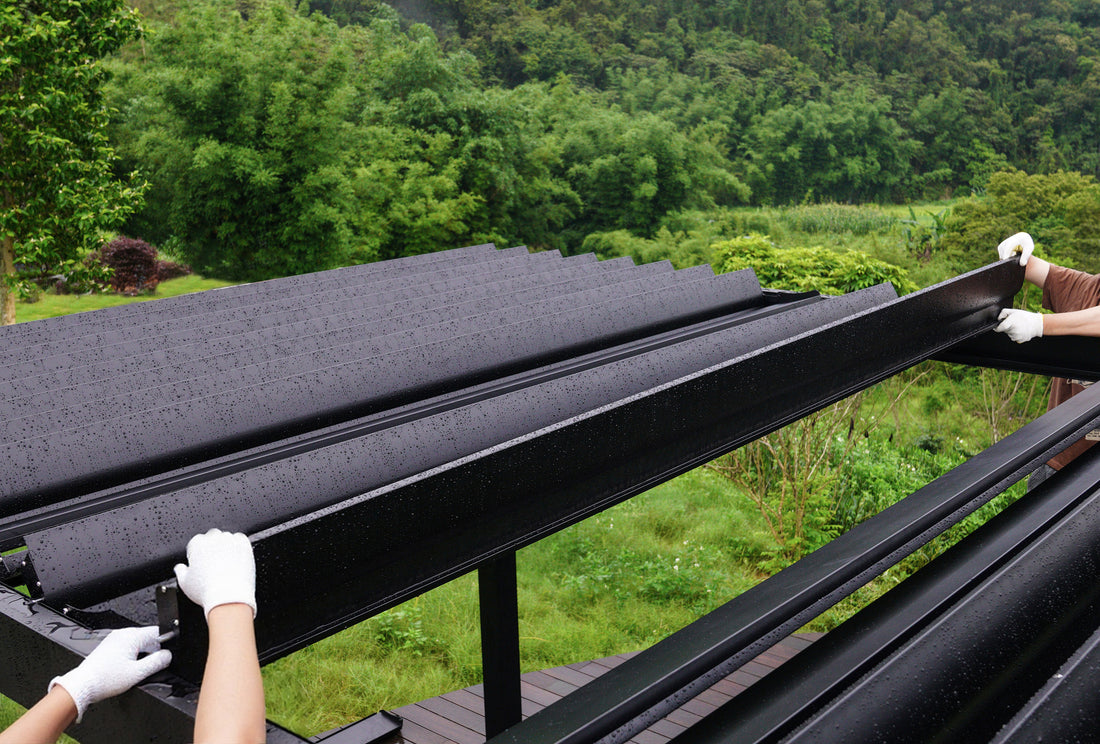
We’ve Got Your Back(yard)
From quick delivery to expert assembly, we ensure a smooth process from start to finish. Our team is here to help you enjoy your space. Not just once it's built but every step along the way.
Why Choose LuxPatio?
Straight From Our Customers
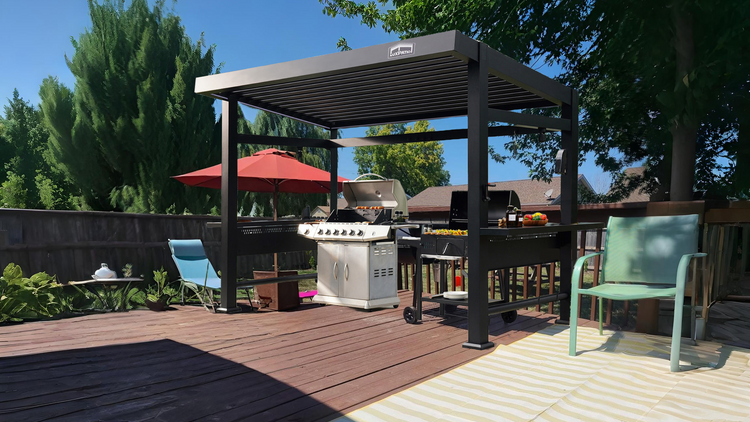
"Instant Backyard Upgrade"
We live in Phoenix and this pergola saved our summers. Great shade, looks premium, and perfect for grilling.
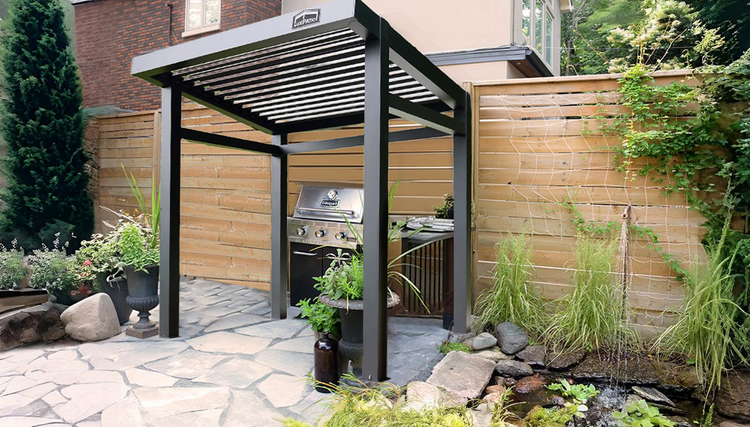
"From Box to Backyard in One Afternoon!"
I’m in Charlotte NC and set it up with my son in one afternoon. We’ve already had a few family dinners under it and everyone keeps asking where we got it.
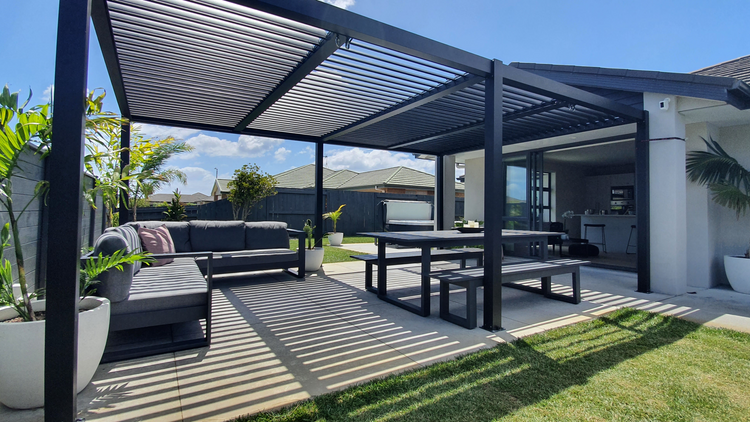
"Finally, a Pergola That Lasts!"
Based in the Bay Area and couldn’t be happier. The pergola totally changed the vibe of our backyard. Quality’s great and it handles the wind no problem.
Discover More About LuxPatio
Can a Pergola Be Attached to a Deck? How to Choose and Install the Right One
Installing a pergola over a deck is one of the most practical and aesthetic ways to upgrade your outdoor living space. Whether you’re looking to enhance your backyard ambiance, create a shaded lounge, or add structure for outdoor dining, the right aluminum pergola for decking can completely transform your setup. But before diving into installation, there’s a crucial question to answer: Can your deck actually support a pergola, and how do you choose the right one? In this guide, we’ll walk you through how to evaluate your deck, choose a pergola that fits both structurally and stylistically, and understand the proper installation process, especially for aluminum louvered pergolas mounted over wood or composite decking. Contemplating the addition of a pergola over your deck? You’re not alone. It’s one of the most popular home upgrades today, but ensuring your deck is structurally fit and choosing the right materials is key. With lightweight and weather-resistant aluminum options, installation is easier and safer than ever. Is Your Deck Suitable for a Pergola? Let’s start with the basics: yes, a pergola can absolutely be attached to a deck, but not every deck is automatically ready for the task. When you add a vertical load like a pergola, especially a motorized aluminum louvered pergola with tilting roof panels, it puts pressure on specific points of your deck (namely, the footings under each pergola post). These stress points must be supported properly. Here are the most important factors to assess: 1. Deck Framing and Substructure Most modern decks are built with either pressure-treated wood framing or steel joists. The spacing of these joists (often 16” or 24” apart) determines how much weight the deck can handle and whether additional supports will be needed. Pergolas concentrate weight where the posts are located. You need to ensure that beneath each post location, there is either a joist, beam, or solid blocking to carry the vertical load. For older or DIY-built decks, a structural inspection is recommended before installation. A licensed contractor or structural engineer can help verify load capacity. 2. Decking Material Composite decking is popular for its durability and low maintenance. However, it’s not intended to bear weight alone. You should never mount a pergola post directly into composite planks without securing it through to the subframe. Always anchor through the composite decking into the joists below. Wood decking offers more flexibility for anchoring, but the framing underneath still matters most. 🛠️ Tip: If your joists don’t align with the planned post positions, add blocking or bridging between joists to create solid anchor points. Why Choose Aluminum for Deck Pergolas? When mounting over a deck, your pergola's material matters a lot. While wood may have a classic appeal, aluminum pergolas are becoming the go-to choice for modern outdoor builds, especially when installed over raised or framed structures like decks. Here’s why: Feature Aluminum Pergola Wood Pergola Weight Lightweight (~250–300 kg total) Heavy (often 400 kg or more) Durability Won’t warp, rot, or rust Vulnerable to moisture and insects Maintenance Minimal (no repainting or sealing) Requires regular staining/sealing Weather Resistance Excellent (marine-grade options available) Moderate, needs protection Installation Easier, pre-drilled kits Labor-intensive, custom-cut parts Aesthetic Customization Modern, sleek, motorized options Traditional look, limited features Many homeowners prefer aluminum for its strength-to-weight ratio. It offers the durability of metal without the excess weight of steel. That means less structural stress on your deck, an especially critical consideration if you live in areas with wind, rain, or seismic activity. Installation 101: How to Attach a Pergola to Your Deck Proper installation is essential for safety, longevity, and warranty protection. Here's how to install a pergola on decking the right way. Step 1: Measure and Choose the Right Pergola Size Start by evaluating your available deck space and how you plan to use the pergola: A 10x10 ft pergola works well for small seating areas or hot tubs. A 12x12 ft pergola can define a full outdoor dining space. For larger decks, modular aluminum kits can be connected or extended. Choose a pergola that fits proportionally to your deck. A model that’s too large can overwhelm the space, or worse, overload the structure. Once you’ve chosen your model, request a detailed floorplan layout from your supplier (we include these with all our kits). You’ll use this to mark where each leg will be placed. Step 2: Check Your Substructure & Reinforce If Needed Locate your deck joists and beams using a stud finder or by checking your deck plans. Ensure each leg of the pergola aligns with a structural member. If it doesn’t, add blocking, short lengths of wood placed perpendicular between joists. In some cases, especially for freestanding or heavy pergolas, you may opt for concrete footings beneath the decking surface. These can be poured through cutouts or planned in advance for new decks. Step 3: Install the Anchoring System Most aluminum pergola kits come with mounting plates or brackets designed for deck installation. Here’s the process: Mark the anchor positions based on your floorplan. Drill pilot holes through the decking and into the structural frame (not just the deck boards). Use heavy-duty lag bolts or threaded rods to secure the mounting plates. For concrete footings, use wedge anchors or expansion bolts rated for outdoor use. alt="aluminum pergola installation on wood decking in Texas" Step 4: Assemble the Pergola Frame With the anchor plates secured, it’s time to assemble your pergola: Bolt each aluminum post to the mounting plates. Assemble cross beams and roof components (motorized louvers, fixed slats, or retractable canopies depending on your model). Connect power sources for motorized options like tilting roof blades or LED lighting. Use weather-resistant sealants on any screw joints or exposed wiring points. Most homeowners complete this step over a weekend with a partner, or hire professionals to handle larger models. Local Codes and Permits: Don’t Skip This Step Installing a pergola, especially a permanent or motorized one, may require permits or approvals from your local building authority or homeowners’ association (HOA). Check for the following: Height restrictions (especially for attached pergolas) Setback requirements Electrical permits (if your pergola includes lighting or motors) Wind/snow load compliance in areas like Florida or Colorado Skipping permits can lead to penalties or forced removal, so it's always better to be safe. Common Mistake: Building the Deck First, Pergola Later Here’s one of the biggest regrets we hear from homeowners: “I built the deck first, then decided to add a pergola... but now the legs don’t line up with the joists.” Planning the pergola after the deck is built can lead to major complications. Instead: Choose your pergola model early Use the floorplan to guide your deck's framing layout Ensure joist spacing accommodates anchor points This proactive approach saves time, money, and frustration. FAQ: Pergola Over Deck Q: Can you put a pergola on a raised deck? A: Yes, but it requires careful anchoring. Raised decks need strong footings and reinforced joists under each pergola leg. Q: Will aluminum rust or fade over time? A: No. Aluminum does not rust and can be powder-coated for UV resistance, making it ideal for humid or coastal climates. What’s the cost of installing a pergola on a deck? A: A standard 12x12 aluminum pergola kit typically ranges from $8,200–$11,500. Customized models or additional features may push the price toward the higher end, or beyond, while standard ones remain more affordable. Professional installation usually adds another $1,000–$2,000, depending on your location and deck condition. Q: Can I DIY this, or do I need a contractor? A: Aluminum pergola kits are DIY-friendly, but deck reinforcements and power connections often require a licensed pro. Ready to Transform Your Deck? Installing a pergola over your deck is one of the most rewarding upgrades you can make to your outdoor space. It creates shade, elevates the aesthetic, and even adds value to your home. With lightweight, rust-resistant, and easy-to-install aluminum kits, it’s never been easier to bring your vision to life. 👉 Get Your LuxPatio Pergola Today – Save 50% Before September Ends
The Ultimate Pergola Maintenance Guide: Cleaning & Care by Season
The Ultimate Pergola Maintenance Guide: Cleaning & Care by Season Wondering how to keep your pergola looking great and working well year-round? From cleaning wood finishes to rinsing aluminum, this guide covers seasonal maintenance for pergolas, including louvered pergolas. Discover pro tips and why aluminum pergola kits make upkeep a breeze. What Do Pergolas Made of Wood, Vinyl, and Aluminum Need Throughout the Year? Pergolas come in wood, vinyl, or modern aluminum pergola structures—each requiring different care. Understanding these needs helps preserve elegance and extend life. Wood Pergolas Made from cedar, pine, or redwood, wooden pergolas charm homeowners but demand attention: Quarterly: Remove leaves/debris with a soft brush. Biannually: Deep clean using wood-safe cleaner or diluted oxygen bleach (1 cup oxygen bleach per gallon of water), rinse fully. Annually: Lightly sand rough spots, re-stain or seal (every 1–2 years depending on UV exposure). Inspect for rot or insects. Vinyl Pergolas Low-maintenance but not maintenance-free: Quarterly: Clean with vinegar solution (1:3 ratio). Rinse and dry. Yearly: Inspect seams for gaps or shrinkage in extreme climates. Aluminum Pergolas With powder-coated, 6063-T5 aluminum, your LuxPatio Aluminum pergola resists rust, warping, and insect damage: Monthly: Rinse with a garden hose to remove dust or pollen. Quarterly: Gently scrub with soft cloth/sponges and mild soap. Annually: Check fasteners, louvers, and apply silicone lubricant (if motorized). Data point: Proper cleaning can extend powder coat life by 15–20 years. When Should You Perform Specific Pergola Maintenance Tasks? Lifecycle and environmental exposure matter. Here's what professionals recommend: Spring – Start Fresh After Winter Wood: Power-spray gently (≤1500 psi) per manufacturer advice, sand peeled paint, re-stain. Aluminum (Incl. Louvered Pergola): Rinse louvers top-down, check drainage channels, test motorized tilt angle and load capacity for proper operation and water runoff. Summer – Handle Heavy Use All types: Clean off bird droppings and tree sap quickly to avoid staining. Wood: Apply UV-resistant sealant to protect from sun damage. Aluminum: Wipe powder-coated surfaces monthly, no repainting. Autumn – Clear the Leaves & Prep Wood: Sweep leaves to prevent moisture build-up. Trim vines or plants that cling to structure. Aluminum: Clear gutters, shake out debris in louvers, inspect joints for corrosion (especially in humid zones like Houston or Miami). Winter – Let It Rest Wood: Cover foundation posts, remove heavy snow from beams. Aluminum: Shake snow off louvers, test auto-tilt for snow drainage, no sealing or sanding needed. Note: In coastal salt-air climates, monthly lightweight wash is recommended year-round to prevent corrosion. Step-by-Step Guide: How to Properly Clean Your Pergola Remove debris – Sweep regularly with a soft broom; open louvered pergola louvers to clear both sides. Prepare cleaning solution – Use diluted dish soap or wood-safe cleaner. Add white vinegar (1:3) for mild mildew removal. Wash gently – Start from the top and work down. For aluminum, stick with soft cloths to protect the powder coat. For wood, scrub subtle areas without heavy water. Rinse thoroughly – Use low-pressure hose; avoid puddles at base. Inspect – Look for cracks, loose screws, or scratches. For aluminum, check powder coat for chips and touch up with manufacturer’s paint. Apply maintenance products – Re-stain/seal wood as needed. Lubricate aluminum louver mechanisms annually. Why Aluminum Pergola Kits Make Maintenance Simple Many homeowners and outdoor designers love one brand of pergola kits that combine aesthetics and ease: Rust-resistant, long-lasting finish – powder-coated aluminum maintains finish for decades. Integration-ready components – built-in drainage channels and motorized louver control eliminate extra effort. No staining/sealing required – unlike wood. Data-backed durability: 6063-T5 aluminum with corrosion-resistant finish adds years of maintenance-free performance in coastal areas. Pergola Maintenance Cost Comparison Table Size (10 × 12) Wood Pergola Aluminum Pergola Kit Initial Cost $2,800–$5,200 $3,800–$8,900 Annual Maintenance $300–$600 (sealing, repairs) <$75 (basic cleaning, inspection) Life Expectancy 8–12 years (wood care required) 25+ years (minimal care) FAQ: Pergola Maintenance Made Simple Q1: How do I clean a louvered pergola? A: Open the louvers fully. Rinse loose debris, scrub with soapy water, rinse, then dry with a microfiber cloth. Q2: Will salt air damage aluminum pergolas? A: No—AkzoNobel powder coating resists corrosion. Just rinse monthly if near oceanfront. Q3: How often should wood pergolas be stained? A: Every 1–2 years depending on sun exposure, with spot touch-ups as needed. Q4: Can I power-wash a louvered pergola? A: Use ≤1500 psi and green nozzle at least 12" distance; test a small spot first to protect the powder coat. Common Mistakes to Avoid During Pergola Maintenance Never use steel wool or abrasive scrubbers. Avoid bleach or high-acid cleaners—they degrade finishes. Don’t leave puddles at post bases—this causes rot even in pressure-treated options. Never tighten screws on hot days without retesting louvers—they expand in heat. Final Thoughts about Aluminum Pergola Seasonal care keeps your pergola elegant and functional. If you're after minimal upkeep and maximum longevity, a move to an aluminum pergola is savvy. LuxPatio’s precision-engineered aluminum pergola kits and intelligent louvered pergola systems offer durability, performance, and freedom from annual staining or repairs. They include 6063-T5 aluminum frames, seamless drainage, and optional motorization—all built for long-term ease. Get Your Maintenance-Free Pergola (Save 30% Before August) Elevate your backyard with a pergola designed for modern comfort and minimal upkeep. Click here to explore aluminum pergola kits and discover the perfect fit for your home.
Aluminum Vs Wood Pergolas: Which One Is Right For You?
When it comes to choosing the right pergola materials for your outdoor space, the debate between aluminum and wood pergolas takes center stage. Both materials bring unique advantages to the table, and depending on your preferences, climate, and aesthetic goals, either can be a great fit. In this guide, we’ll walk you through a series of practical questions and comparisons to help you decide which pergola type aligns best with your long-term goals. Aluminum vs Wood Pergolas: Which Material Offers Long-Lasting Performance? Durability is a key factor when investing in a pergola. Aluminum pergola kits, especially those made from 6063 T5 high-grade aluminum, are engineered to resist warping, cracking, and rotting. The materia resists humidity-related corrosion, and withstands 50 psf snow loads and 85 MPH winds. Wood, on the other hand, has its own strengths. High-quality varieties like cedar and redwood can perform well outdoors, particularly when properly treated. However, untreated or poorly maintained wood is more prone to moisture damage and insect activity, which can impact long-term stability. In regions like Florida or coastal California, where intense sun, salt air, and humidity accelerate material degradation, aluminum’s resilience offers a practical advantage. Yet, in milder or drier climates, treated wood can still provide satisfactory performance for years. Which Pergola Material Requires Less Maintenance? Maintenance expectations can heavily influence your material choice. Wood pergolas bring a classic, handcrafted charm, but that beauty often comes with upkeep. Regular staining, sealing, and inspections are required to prevent rot, cracking, and insect damage. Over time, these routine maintenance tasks add up, both in effort and cost. Aluminum pergolas are typically powder-coated, making them resistant to fading, peeling, and rust. They require only occasional cleaning to maintain their appearance. For homeowners prioritizing simplicity and low ongoing effort, aluminum presents a compelling case. Still, some homeowners enjoy the ritual of caring for wood structures—reapplying stains or changing finishes to match evolving aesthetics. If that hands-on aspect appeals to you, wood may still be a worthwhile choice. Which Material Creates a Stronger Visual Impact: Wood or Aluminum? This category is subjective—and that's what makes it interesting. Wooden pergolas deliver natural warmth, grain texture, and a timeless feel that appeals to those seeking a rustic, cozy, or traditional look. They're especially suitable for cottage-style homes or garden-inspired backyards. The tactile feel and visual richness of wood simply can’t be replicated entirely. Aluminum pergolas, meanwhile, lend themselves to modern architecture. From matte black to woodgrain finishes, aluminum structures can suit a wide range of design styles, including contemporary, minimalist, or even transitional themes. Many aluminum kits now mimic the look of wood through advanced powder coatings, providing a wood-like finish without the associated maintenance. Ultimately, visual impact depends on the setting and how well the pergola blends with your existing landscape and home design. Some homeowners even choose aluminum pergolas finished in wood tones to bridge aesthetics and function. Which Pergola Is Easier to Install? Installation effort can significantly affect project timelines and budgets. Aluminum pergola kits are often favored for DIY projects. Their components are usually pre-cut, pre-drilled, and designed for modular assembly. This allows for smoother and faster setup—sometimes within half a day using basic tools. Wooden pergolas, while also available in kits, typically require more precise measurements and carpentry skills. Because wood is heavier and less uniform, installation can involve additional tasks like sanding, cutting, and reinforcing joints. For example, if you're installing a freestanding pergola or mounting to a deck, aluminum offers more flexibility in attachment methods and surface compatibility. Still, for those who enjoy woodworking and craftsmanship, building a wood pergola from scratch can be a rewarding weekend project. It's all about your comfort level and how hands-on you want to be. Which Material Performs Better Against the Elements? Different climates demand different strengths. In Rainy Climates: Aluminum pergolas with louvered roofs and integrated drainage systems provide a seamless way to manage rainfall. Internal gutters direct water away efficiently, keeping outdoor areas dry and safe. Wood pergolas often require added waterproofing measures or waterproof pergola covers. In Cold, Snowy Regions: Aluminum can handle high snow loads—some designs support over 1,000 lbs. Its resistance to moisture damage makes it a logical choice in snowy environments. Wood may warp, crack, or split from freeze-thaw cycles unless meticulously maintained. In Hot, Sunny Climates: Aluminum reflects UV rays and stays cooler to the touch. It doesn’t fade or become brittle with sun exposure. Wood may darken, crack, or splinter over time under consistent sunlight unless regularly treated. In High-Wind Areas: Metal pergola kits with reinforced joints and hurricane-rated roofs provide enhanced wind resistance. In coastal or storm-prone areas like Texas, aluminum pergolas often meet code requirements more easily than wooden structures. That said, wood pergolas—especially when built with thick posts and robust bracing—can also withstand substantial weather stress. It's just that they may require more upkeep to retain their structural integrity over time. Product Comparison Table: Aluminum vs Wood Pergolas Feature Aluminum Pergola Kits Wood Pergolas Tilt Angle Adjustable louvers (0°–110°) Fixed or custom-built Load Capacity Up to 50 psf snow loads Varies based on type/grade Corrosion Resistance High (6063 T5 high-grade aluminum) Low (requires sealing/staining) Customization Modular, modern & woodgrain options Highly customizable Lifespan 20–30 years with minimal upkeep 10–15 years with regular care Aluminum pergolas also support modular add-ons like pergola privacy walls, pergola screens, or integrated pergola lights, allowing you to enhance comfort and privacy without structural changes. 🔗 Explore our hurricane-rated pergola kits What About Cost and Installation Time? For a standard pergola 10' x 10': Aluminum pergola kits: $3,800–$6,500 depending on features (motorization, louvers, lighting) Wood pergolas: $1,200–$4,500 materials only, plus additional costs for sealing, staining, and potential professional assembly At first glance, costs are comparable. However, aluminum's lower long-term maintenance needs and ease of installation may result in greater overall value. With fewer material treatments and repairs required, aluminum can be the more economical choice over time. If you're building a pergola 12' x 12' or scheduling a pergola installation in Texas, aluminum's modular nature also allows for faster project completion—an important consideration for seasonal climates or professional landscapers. That said, some homeowners may prioritize the handcrafted feel and personalization that comes with custom woodwork. If you're investing in a bespoke outdoor space and value the art of building, wood may align better with your goals. FAQ: Pergola Material Questions Q: What’s the most cost-effective pergola material for long-term use? A: Aluminum tends to offer better long-term value due to its durability and low maintenance needs. Q: Is aluminum or wood better for snowy regions? A: Aluminum is often favored due to its strength and moisture resistance, but treated wood can perform well with proper care. Q: What’s easier to maintain: wood or aluminum pergolas? A: Aluminum generally requires less upkeep, while wood may need periodic refinishing. Q: Can I install a louvered pergola by myself? A: Yes, most aluminum kits are DIY-friendly and include step-by-step instructions. Q: Which pergola is safer—wood or aluminum? A: Aluminum is naturally fire-resistant and impervious to pests. Wood can be safe with proper treatment and inspection. Q: Which material allows for more design flexibility? A: Aluminum offers a wide range of custom options, including color, finish, louvers, and wall attachments, while wood allows for a classic look with custom craftsmanship. Final Thoughts: Which Pergola Material Is Best? Wood and aluminum pergolas both offer compelling benefits. Wood brings natural charm and a handcrafted aesthetic. Aluminum delivers modern functionality, long-term durability, and convenience. Your choice ultimately depends on your climate, maintenance expectations, design preferences, and budget. If you're looking for a structure that requires less upkeep and provides advanced features like adjustable louvers or hidden drainage, aluminum may be the smarter long-term investment—though not at the expense of beauty or customization. Whatever your final decision, investing in a high-quality pergola can elevate your outdoor living space and provide enjoyment for years to come. Ready to explore your options? Upgrade Your Backyard (Save 30% Before August) → Contact Us Today












